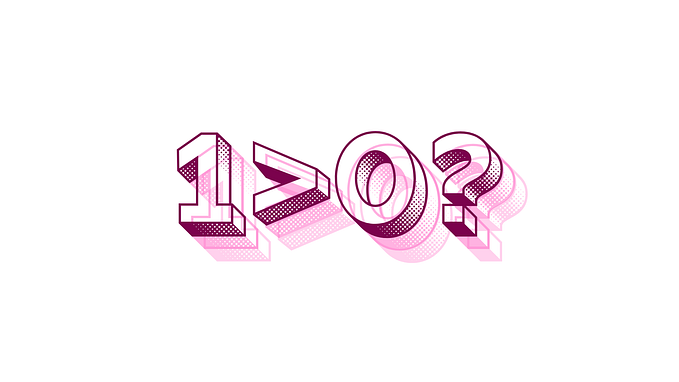Member-only story
Back of the TV (?) UX
Why Information Architecture (IA) and Sitemaps are essential to designing great user experiences and not always sexy artifacts.

UX is a lot of things but a large portion of the work we do is not “sexy” or “fancy” or even user-facing artifacts, but rather it is structural, workhorse, knowledge-sharing, foundational type stuff. It is the “Back of the Television” UX design that makes a digital product effective or not.
(This article was sparked by a post from Tom Scott on LinkedIn…)

We (software people — Product, UX, Designers, UI Designers, Information Architects, and FE/BE Developers) can build things with increasing speed and efficiency; however, organizational complexity, and communication deficiencies often overpower our process for implementing change. There are many ways to improve the design process within an organization and one thing that gets increasingly underserved is… Information Architecture.
At the UX/Product design training level. Information Architecture (IA) is lightly touched on or worse covered in passing. (In all fairness, a 6 — 18 mth UX boot camp or undergraduate program can’t afford to spend multiple weeks or semesters on IA but there in lies the problem.) We have all these tools (Figma, Figjam, Miro, Visio, Adobe CC, Omnigraffle, etc.) to help us design faster and more efficiently but still, design/dev debt, organizational change, and system chaos seem to reign supreme which places even more emphasis on applying IA, system thinking, and well designd sitemaps for our teams to use.
As UX designers a significant amount of our work will not be directly visualized into our software products, and hopefully, you are spending the bulk of your time exploring a lot of ideas via prototyping that ultimately never go into your software or webpages at all because of flaws in user testing or changes in business requirements, or shifts in user needs. These unseen amounts of work are ultimately about making a product better through rigor and doing IA and site mapping with equal rigor can be a significant asset in your team's…









